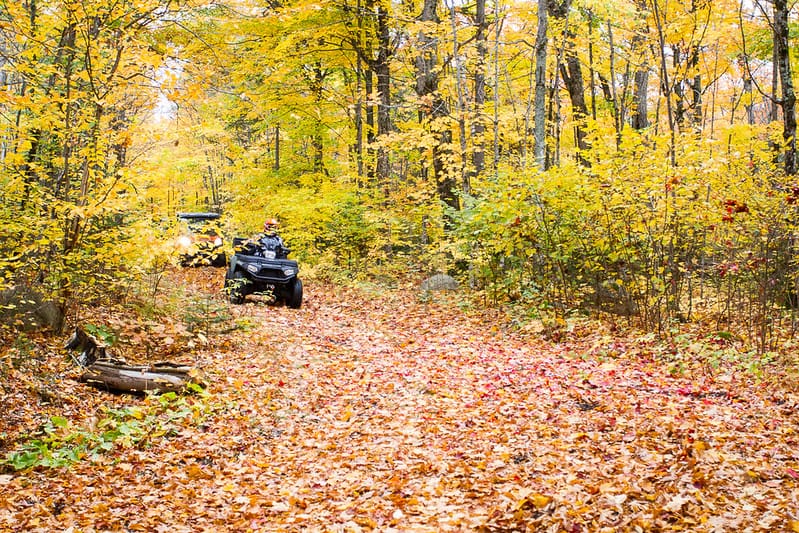BEST INSECT IN THE NORTHWOODS
In the beginning of every summer in the Northwoods, each year one of the worst insect (mosquitoes) shows up to suck our blood and their saliva from the bite creates an allergic reaction in all of us that causes itching then swelling. Then we wait for the best insect in the Northwoods to appear for help. That help is the (GREEN DARNER) dragonfly. If you fish or spend time on the water, I’m willing to bet most of you have seen a Dragonfly or Damselfly sitting on your boat, the tip of your fishing rod or bobber. Right now, some of you are thinking, I know what a dragonfly is, but what the hell is a Damselfly. Keep reading and you’ll find out soon.
Dragonflies are around water because they spend 95% of their life under water. Most females will fly over the water and drop their eggs (up to 1500 at one time), while others can deposit them on emergent aquatic vegetation. Either way the eggs find their way to the lakes floor, and this is where they stay until the eggs develop into nymphs. In the beginning of their Larval/Nymph stage these future Dragonflies can and will be eaten by fish, but as they grow the tables turn and the larger Nymphs will become the predator, dinning on aquatic insects, small fry and tadpoles.
Wisconsin has a spring and summer species of Dragonflies. The spring species usually emerges in May/early June and the summer species between June and August. During their time under water, the dragonfly nymphs will molt (SHED THEIR SKIN) as they grow and after their last aquatic molt, some will climb onto emergent vegetation and others will crawl out of the water and find a dry area, where the final stage occurs. This is when they start breathing air, and push their head, legs and wings out of the larval skin. Now being a dragonfly, their soft body and wings need to dry and harden before they can take to the air. Once they can fly, they can live up to 6 months if their only predator (BIRDS) doesn’t eat them. Using their two sets of wings, that are 3 to 5 inches that work independently at an exhausting 30 times per second, dragonflies can reach speeds up to 35 mph, stop, hover, fly backwards and change direction in mid-air. I do not believe I have ever seen this and do not know how studies can prove this, but supposably dragonflies even mate in midair. There’s got to be a joke about that feat but I’m not touching it. But I will tell you, there have been dragonfly fossils found with the wingspan of 2 feet. OK, 1) Seeing one of those would scare me to death. 2) Being that big, I’m sure the study I mentioned above could be confirmed. I told you there was a joke there.
Even though Monica and I would prefer not having dragonflies buzzing around our boat and heads, they are probably one of the most beneficial insects in Wisconsin, because they do not bite or sting, and will eat hundreds of mosquitoes, gnats, flies, midges and other aquatic insects. An old wives’ tale says, if a dragonfly lands on you, it is considered very good luck. Now, I don’t know how true that is, because I have had dragonflies land on me, but I can’t remember if I ever caught a big fish or a good number of fish that day or not. I don’t know how many really care or will really notice the difference, but now about DAMSELFLIES. Damselflies are similar to dragonflies in many ways, but damselflies are smaller and have a thinner body and their wings are positioned differently. Damselflies are mostly vibrant in colors like blue or green, while dragonflies are more brown or reddish brown Also, dragonflies will fly higher in the air than damselflies. Does knowing the difference between the two really matter? Nope, but I didn’t know how to end this topic. Sorry, kinda another joke.




